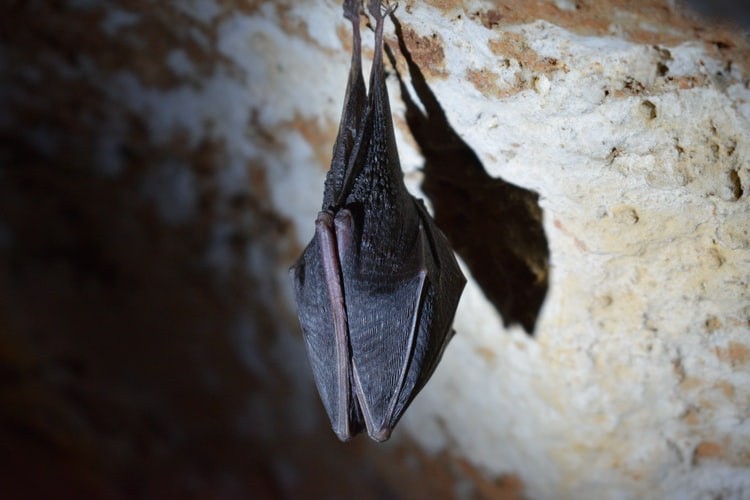
CHINA- The small team of scientists explored a bat cave in China. To ensure their safety, they put on hazmat suits, thick gloves, and face masks to cover every part of their body. They also avoid any contact with bat droppings or urine as it could expose them to some of the world's deadliest undiscovered virus by entering the cave.
Setting their nets up and with their headlights on at the entrance of the dark opening overhung with bamboo trees, the team proceeded to the cave. This is part of a rich ecosystem of limestone caves in the south-western part of China, Yunnan province.
After entering the cave, they waited patiently for dusk, for by the time the sun sets, it is time for thousands of bats to fly out of the caves to look for food and straight into the scientists' nets.
After collecting the nets, they carefully put the bats to sleep using a mild anesthetic before delicately extracting blood from a vein on their wings.
Presiding officer over EcoHealth Alliance, an American NGO which specializes in new viruses detection and pandemic prevention, Peter Daszak, shared that they carried out oral and fecal swabs and gather droppings when they explore the cave.
A virus hunter for more than 10 years, Daszak has visited over 20 countries trying to prevent the next pandemic by searching and exploring bat caves for new pathogens, specifically new coronaviruses.
Findings of other researchers along with Daszak inform an open-source library of all known animal viruses, from which scientists can forecast which strains can possibly spill over to humans. Thus, preparing the world for a new pandemic like COVID-19.
Daszak also mentioned that they have collected more than 15,000 bat samples, which led to the identification of around 500 new coronaviruses, he also added that one of those found in a cave in China in 2013 was a possible ancestor of COVID-19.
Coronavirus research
Virologist from DUKE-NUS in Singapore who develops the tools used in analyzing samples collected by EcoHealth Alliance, Wang Linfa, shared that before the 2003 SARS epidemic, research into coronaviruses did not attract much attention as it was not seen as a sexy branch of medical research.
Back then, only two human coronaviruses had been identified and both were discovered in the 60s.
Funded by USAID in 2009, Predict was founded and is led by the University of California Davis, alongside EcoHealth Alliance, the Smithsonian Institution, the Wildlife Conservation Society, and the Metabiota, a Californian company which has developed an epidemic tracker.
Tasked to identify and respond to new zoonotic diseases by including coronaviruses before any contact with humans, the group was awarded around $200 million dollars over the course of its 10 years existence.
Five more human coronaviruses have been identified since its founding including COVID-19.
Daszak estimates that bats harbor up to 15, 000 coronaviruses, wherein only a few hundred are currently known.
The organization spearheaded by Daszak focuses on southwest China, more specifically on the aforementioned limestone cave system in the province of Yunnan, known for its large bat population.
He also mentioned that they targeted China initially because they were looking for the origins of SARS. But upon searching for its origin, they found out that hundreds of other dangerous coronaviruses are waiting to be discovered so they decided to shift their attention to look for them.
Related article: Fact Check: Did Obama Admin Fund Wuhan Lab for Coronavirus Experiments?
© 2025 HNGN, All rights reserved. Do not reproduce without permission.








